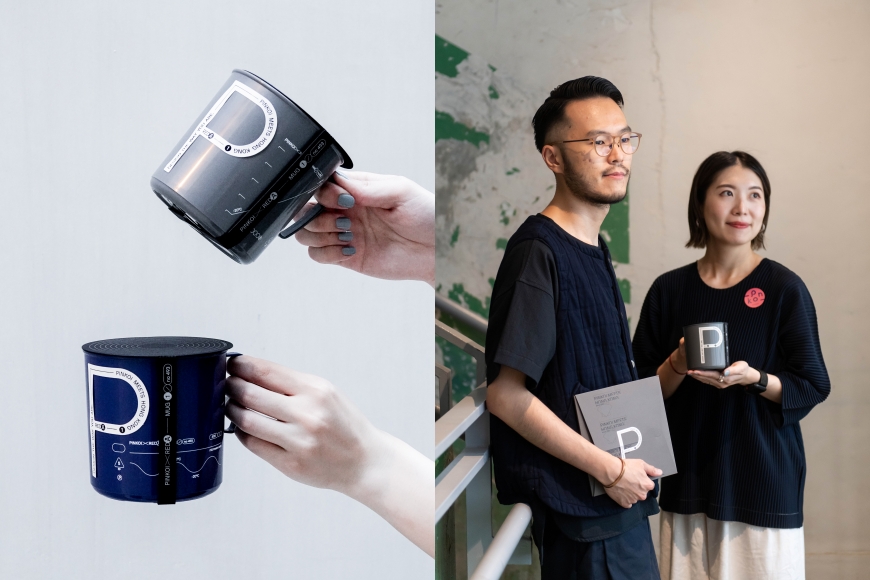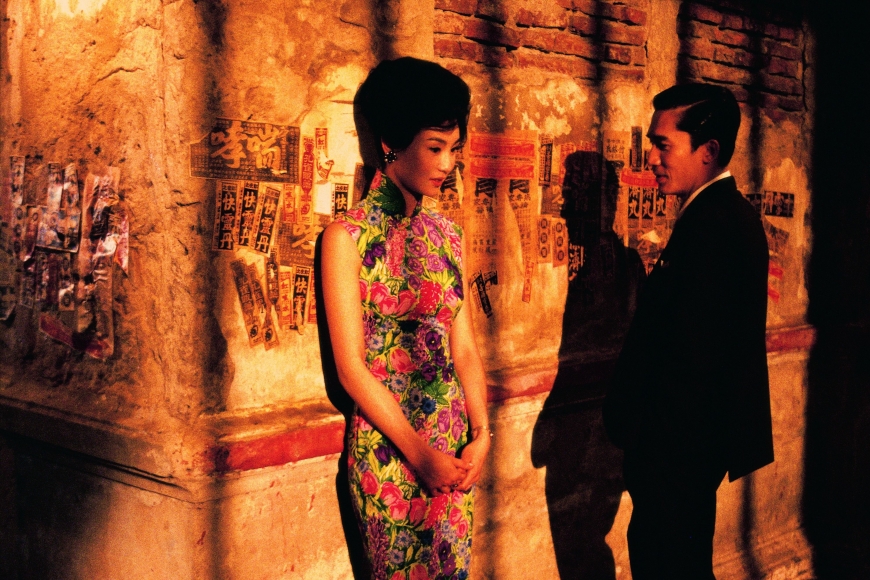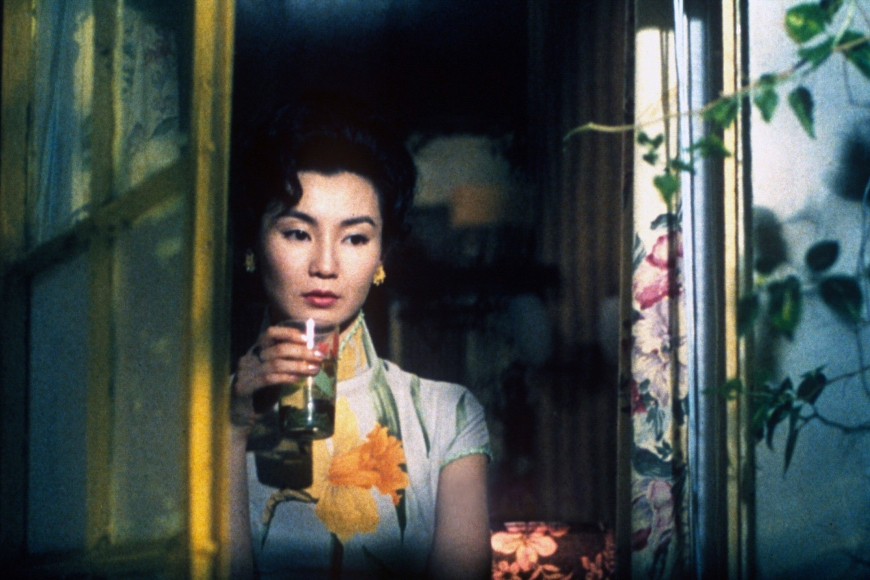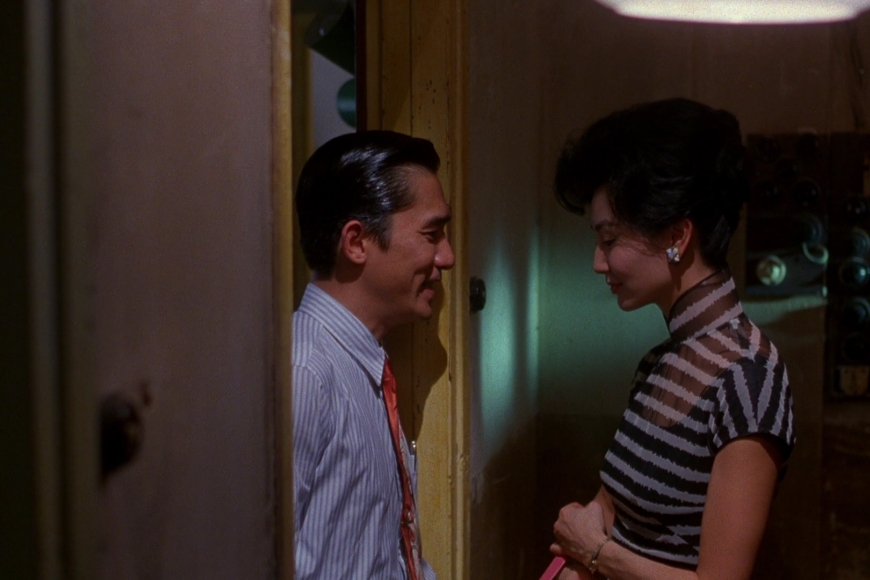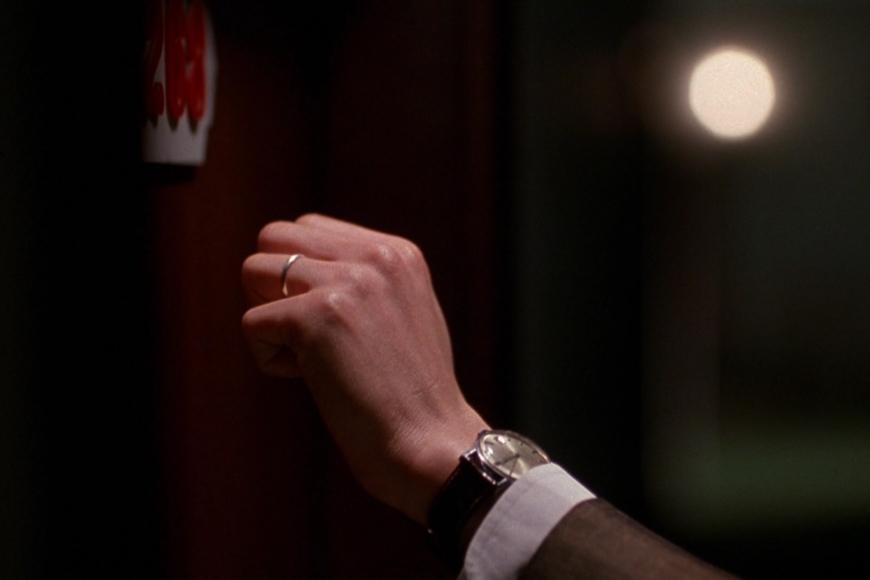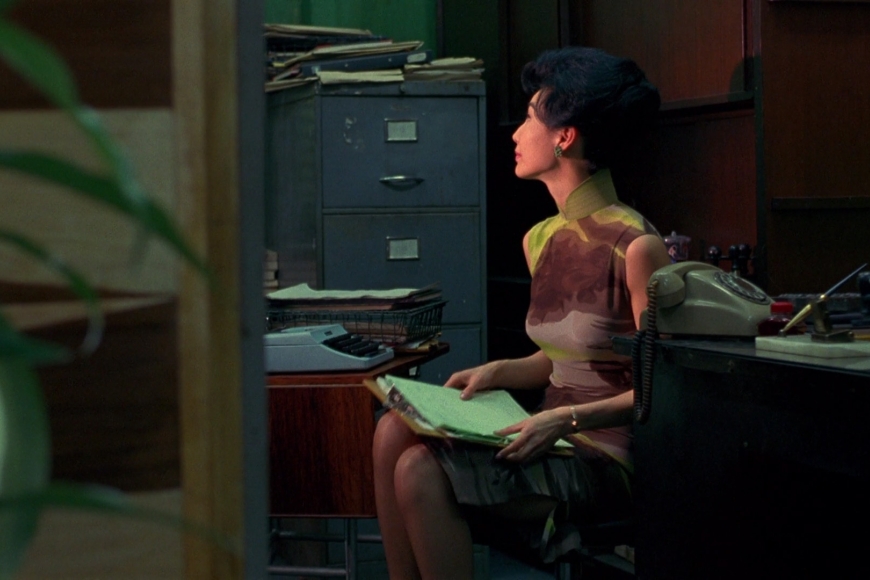Ask everyone, what do you know about Hong Kong’s local culture? When it comes to true Hong Kong manufacturing, what comes to mind? Always dedicated to promoting original culture, the Taiwanese design shopping website Pinkoi recently launched a new project titled “Pinkoi·Hong Kong Things”, continuing the promotion of Hong Kong design culture in 2016. This year, Pinkoi also introduced its own product series for the first time, inviting the Hong Kong design studio studiowmw to collaborate, redesigning the two long-standing local brands “Hong A” and “Gai Ji Mei”, injecting modern aesthetic elements into these traditional everyday products.
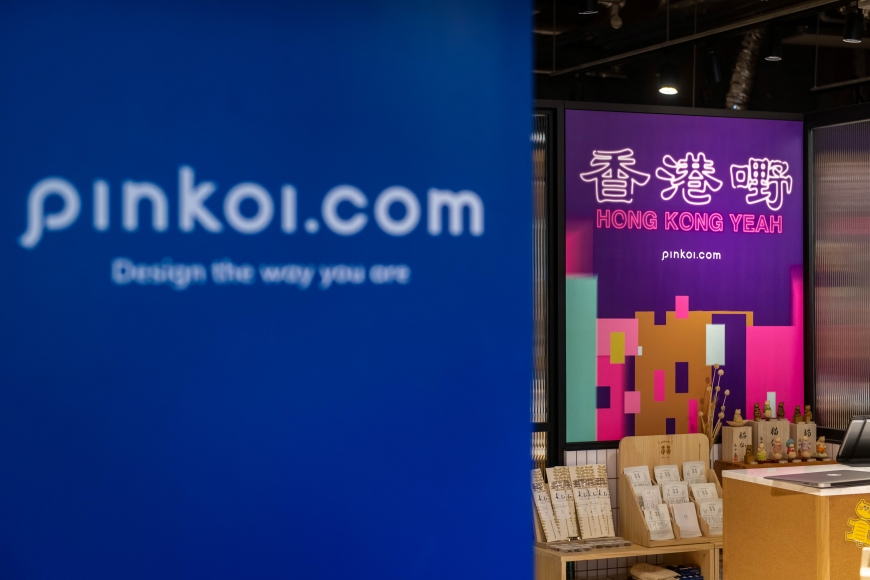
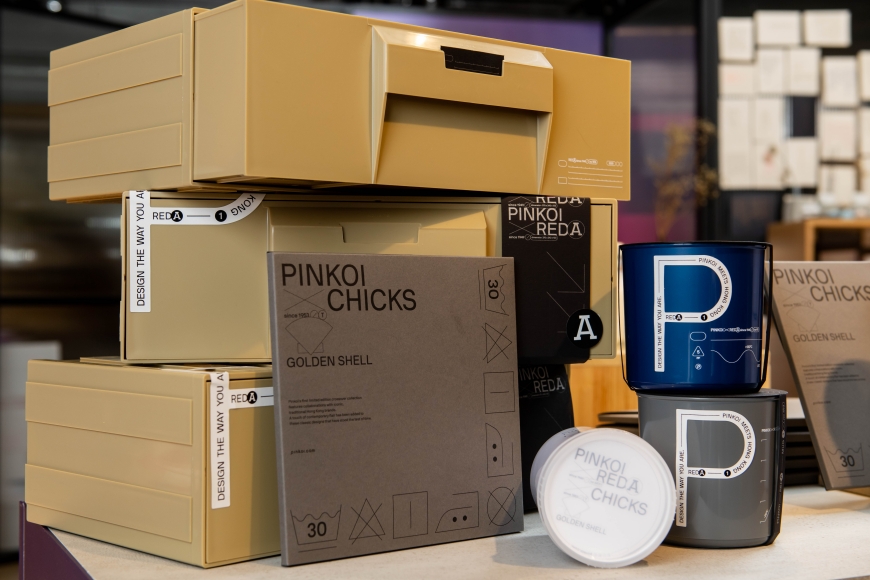
From a fishing port with a view of the mountains and sea, to today’s Asian business hub, “Red A” and “Kai Zai Mak” have accompanied Hong Kong people through many ups and downs, witnessing the changes in this tiny place, and most importantly, these two well-known brands have become cultural products under Lion Rock. This time, Pinkoi invited studiowmw to collaborate, how will they redesign these two local brands, and what is the inspiration behind it? From a design perspective, what is the precious value of Hong Kong’s traditional craftsmanship? ZTYLEZ MAN previously shared the story with Pinkoi’s Business Development Manager, Cathy Tang, and studiowmw’s Design Director and Founder, as well as the planner and designer of “Pinkoi·Hong Kong Goods,” Sunny Wong.
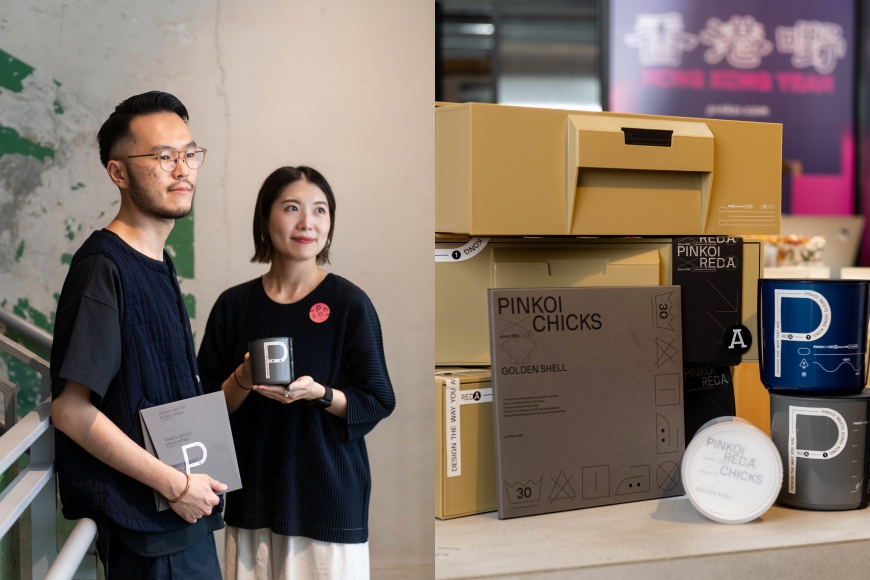
ZTYLEZ MAN: Z; Sunny: S; Cathy: C
Z: What is the concept of “culture” to you?
S: Culture is actually constructed from regional spirits, knowledge, art, aesthetics, customs, and traditions, and can be both material and non-material existences.
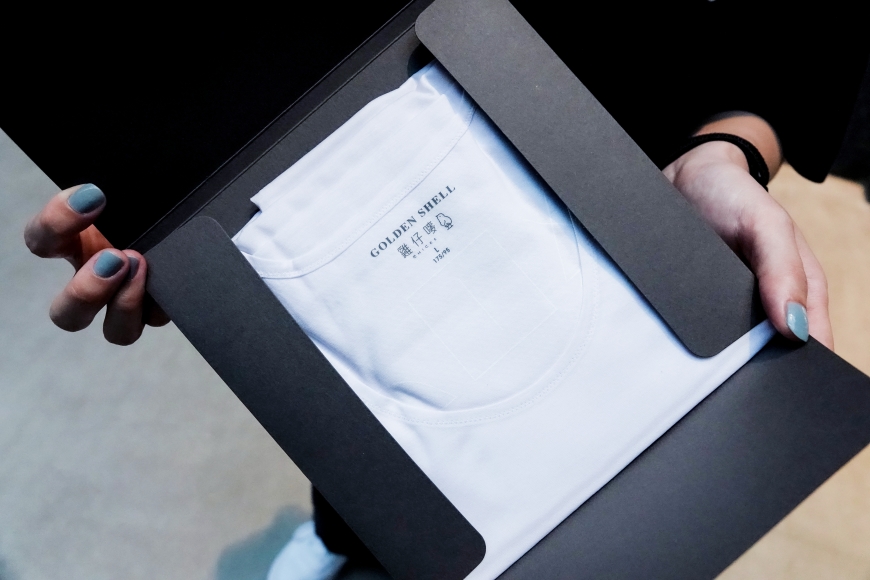
Z: When you think of Hong Kong culture, what comes to mind for you?
S: I will think of colors like those in the movie “In the Mood for Love”, it is an era of blending Eastern and Western cultures.
Z: In Hong Kong culture, what role does design play for you?
S: In the earlier 80s and 90s, predecessors would combine Chinese and Western cultures through design, presenting their culture with Hong Kong’s unique character, such as Alan Chan, Henry Steiner, Kan Tai Keung, etc. Therefore, I believe that “Hong Kong” plays a role as a carrier, flexibly blending different cultures.
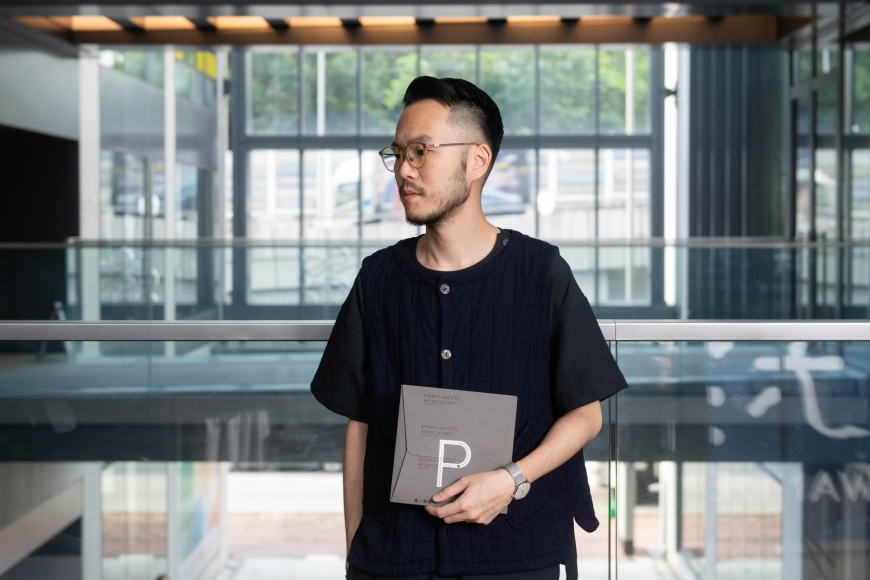
Z: This time, together with studiowmw founder Sunny, we are redesigning two of the oldest local brands. Can you share your impressions of “红A” and “雞仔嘜”?
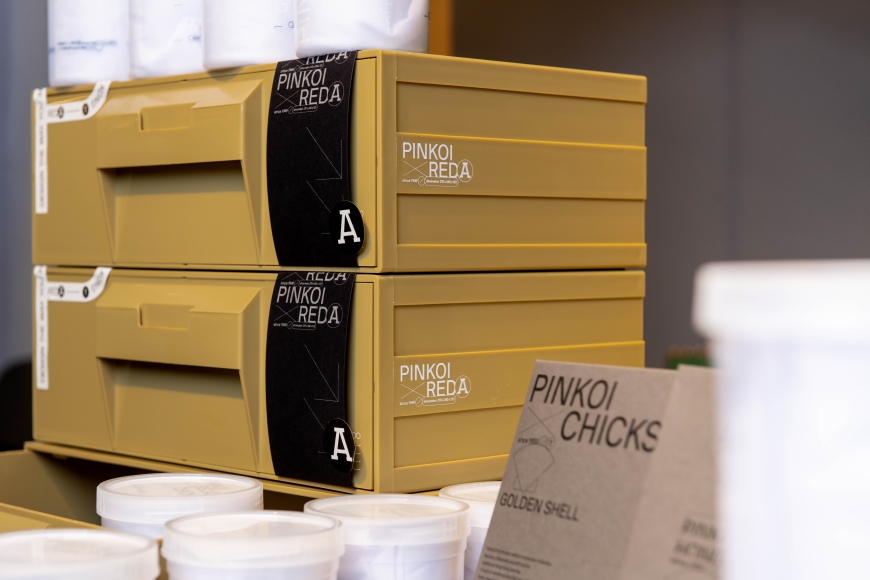
Pinkoi has been promoting Hong Kong brands every summer since 2016, starting with online campaigns, pop-up stores in Sham Shui Po, and a small illustration exhibition at Pinkoi’s first physical store last year. In 2020, the team hopes to connect with traditional Hong Kong brands and reintroduce them to customers through new designs. When it comes to traditional Hong Kong brands, the Pinkoi team immediately thinks of “Red A” and “Kai Kee” – brands that have remained aesthetically pleasing and practical from the older generation to the present day, representing Hong Kong classics. Some younger team members didn’t even realize that their furniture at home was from “Red A” until this limited collaboration, sparking an interest in traditional brands and rediscovering good design that is often overlooked in daily life.
Z: What is the most important consideration when integrating the concept of blending with the times into the products of two local brands?
S: The first consideration will be the practicality and durability of the product, followed by attracting the younger generation to engage with or pay attention to these two local brands from an aesthetic perspective.
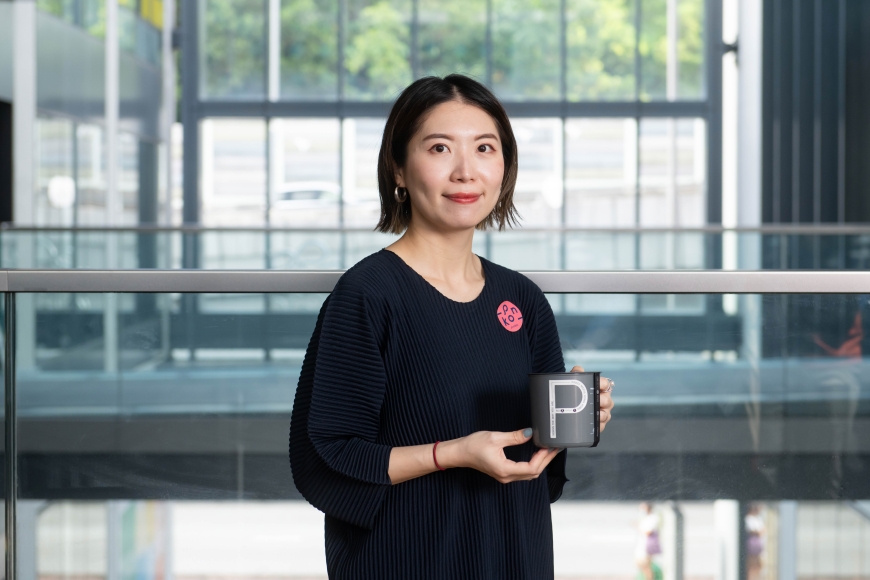
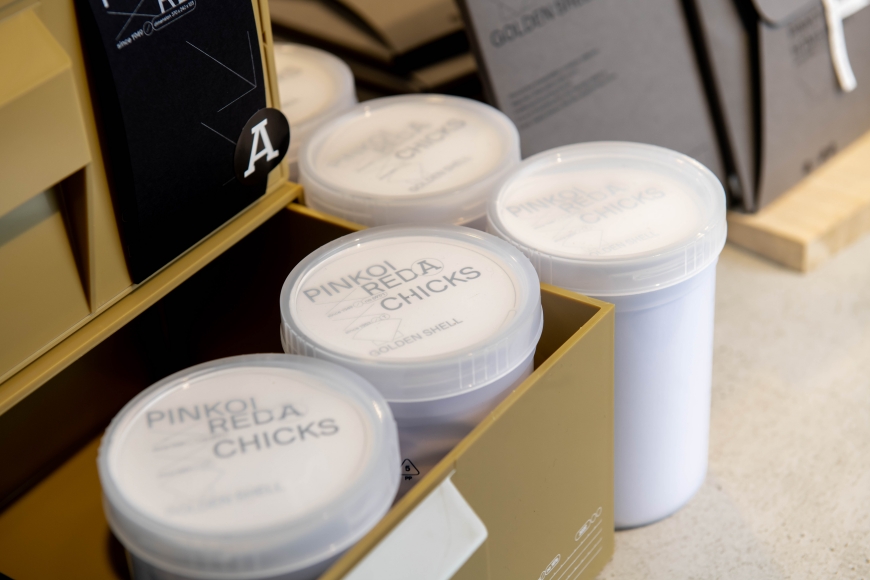
C: In the early stages of the plan, the team quickly identified the brands they wanted to collaborate with, and then worked with the designers to use modern techniques to repackage the brand. They hoped to introduce Hong Kong’s classic brands to more customers, including Pinkoi’s overseas customers, through new colors and patterns.
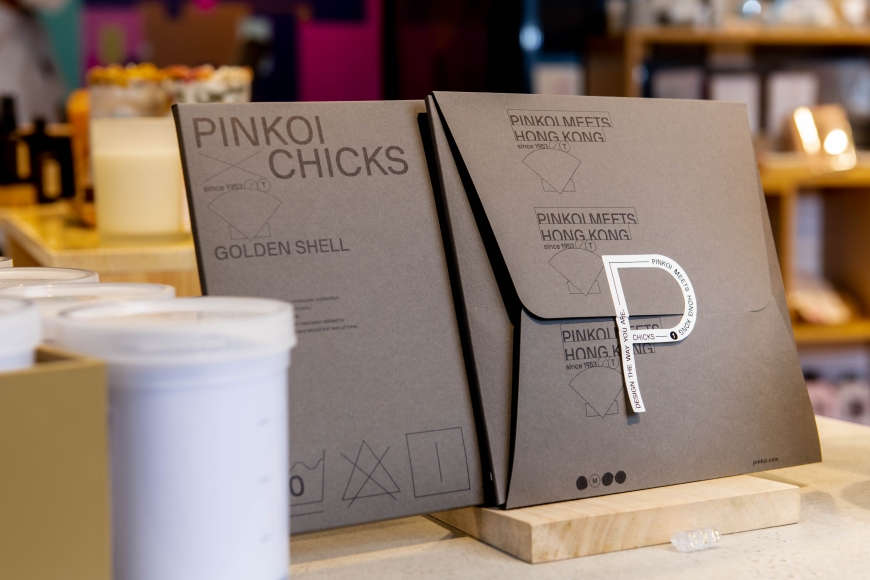
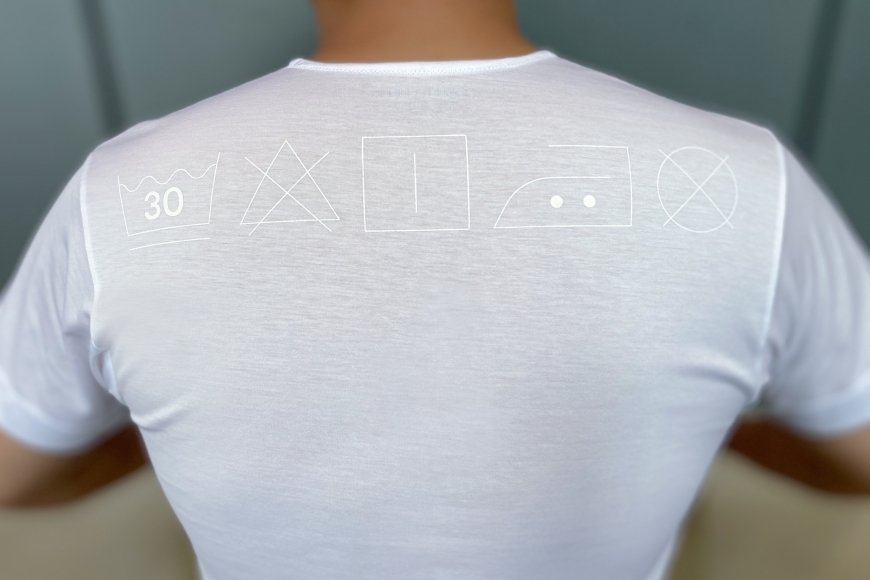
Z: Is this the most challenging part as mentioned above?
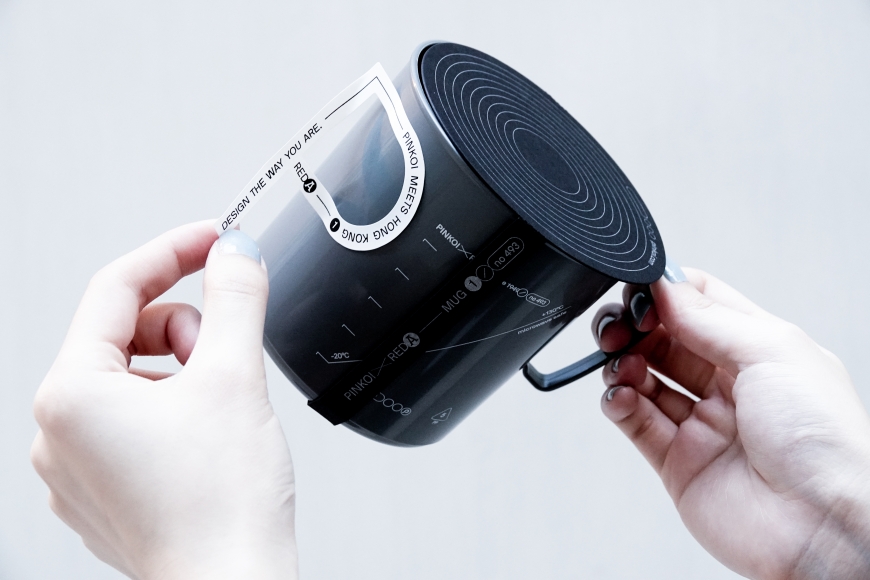
C: This is the first time Pinkoi has collaborated with a Hong Kong brand for a limited series, and the three brands themselves have different expertise and brand design characteristics. Therefore, in the design process, Pinkoi and designer Sunny also hope to add a symbol that connects the entire series, leading to the birth of the giant “P” sticker. By extracting the “P” from Pinkoi as a design element and using it as a sticker throughout the series, the use of traceless sticker material allows customers to remove it without affecting the surface of the product, maintaining the integrity of the product.
Z: In a society where changes are happening so rapidly, where should we start when introducing these traditional brands and products to the new generation of Hong Kong people?
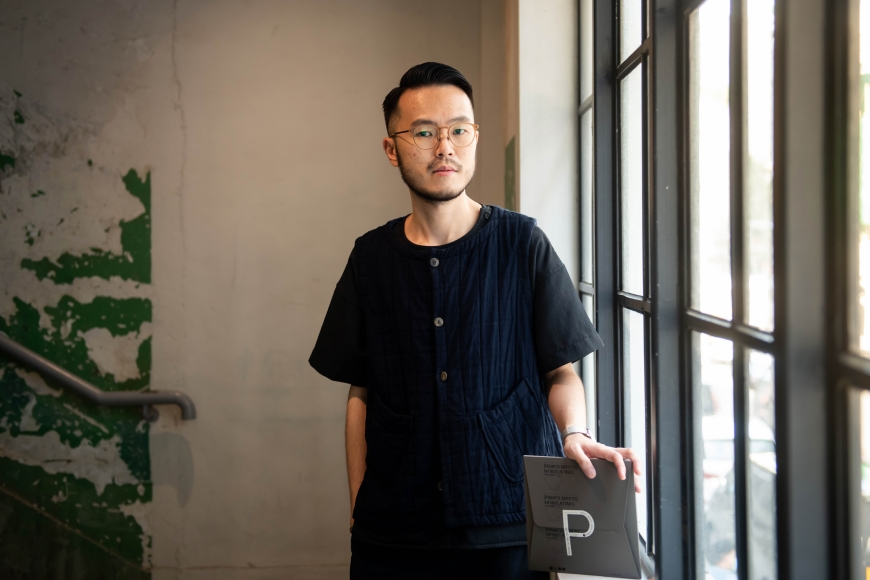
S: Its advantages lie in its simple, elegant design paired with high-quality materials.
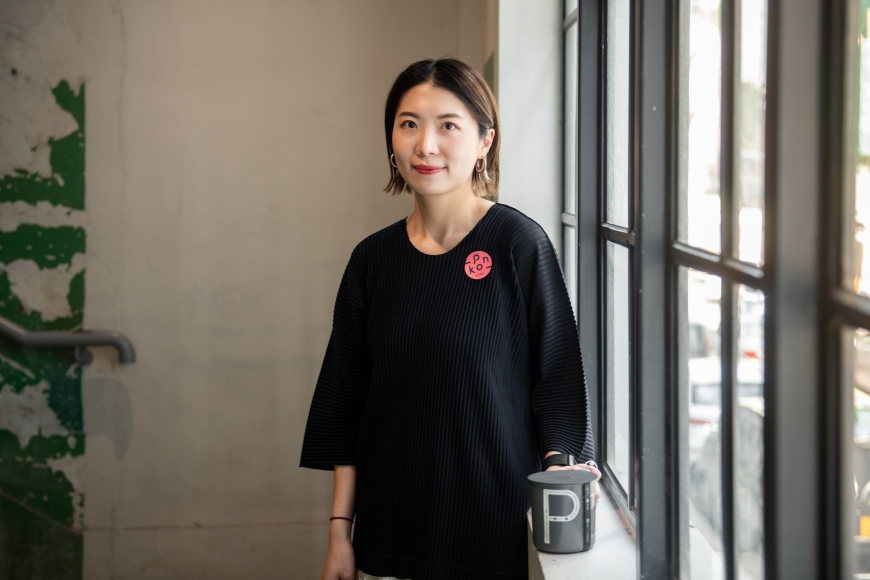
C: In the era of online shopping, in addition to the quality of the products, photos and copy that highlight the unique features of the products are also very important. This time, Sunny used a black background, which is not only distinctive but also highlights the details of the products from different angles, very eye-catching! In addition, we have made some improvements to the practicality of the red A cup by using a harder and heat-resistant plastic material instead of the softer plastic material in the original version, making it convenient for the younger generation or cooking enthusiasts to use when showcasing their culinary skills, enhancing its practicality.
Z: If there is a chance in the future, besides red A and chicken rice, what other (Hong Kong) projects does Pinkoi want to “revitalize tradition” in?
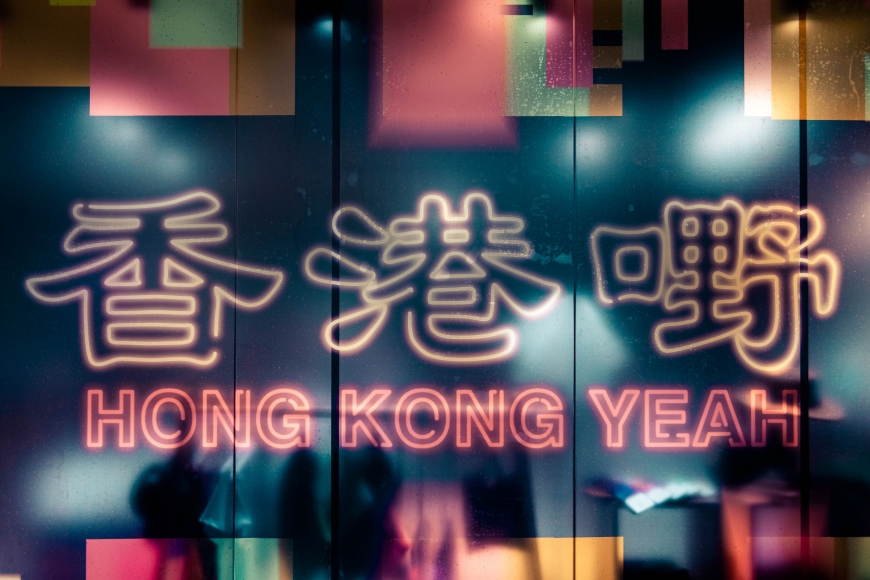
C: Hope to continue promoting elements of Hong Kong design every summer, incorporating some interactive elements to allow guests to appreciate good design in Hong Kong from different perspectives.

